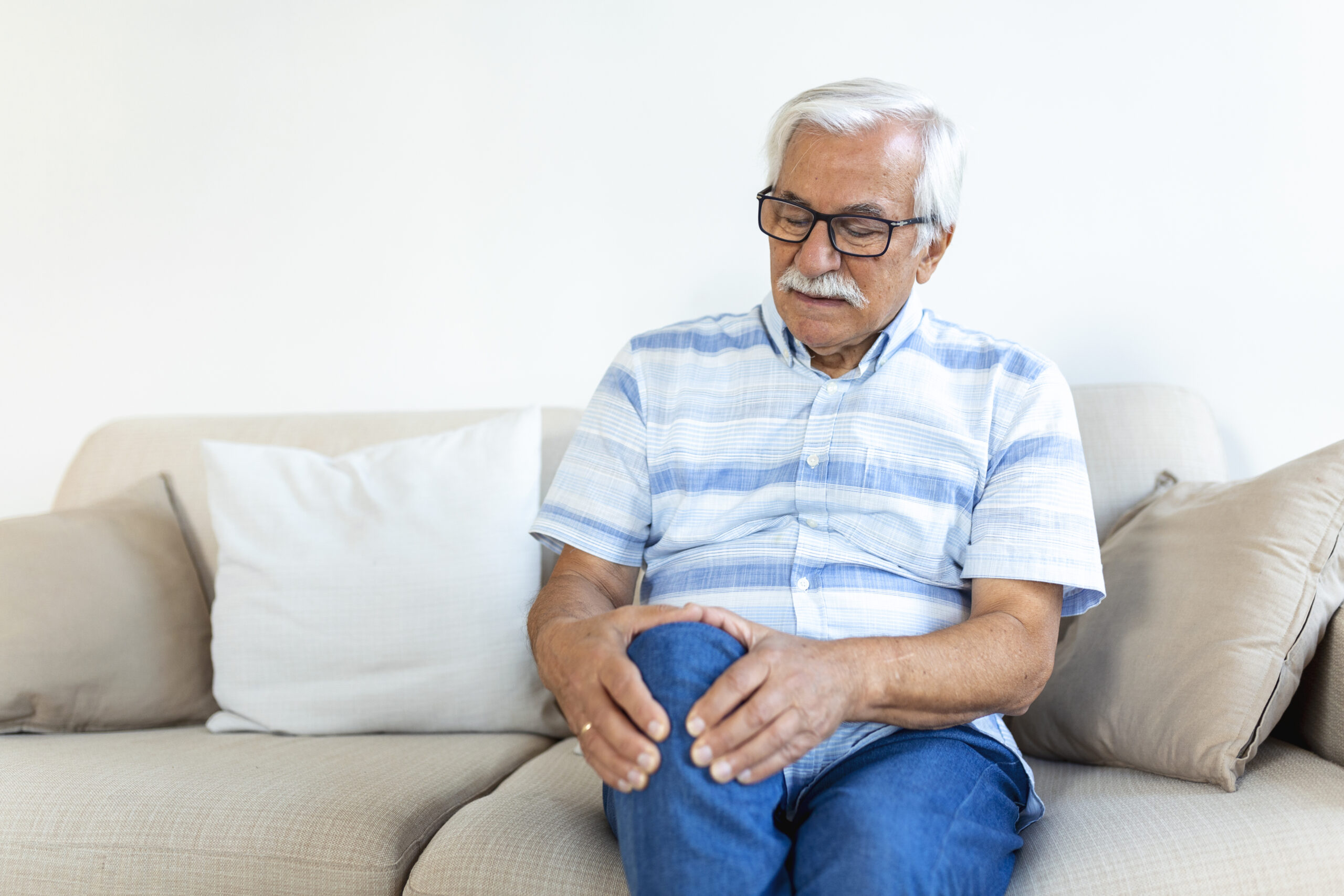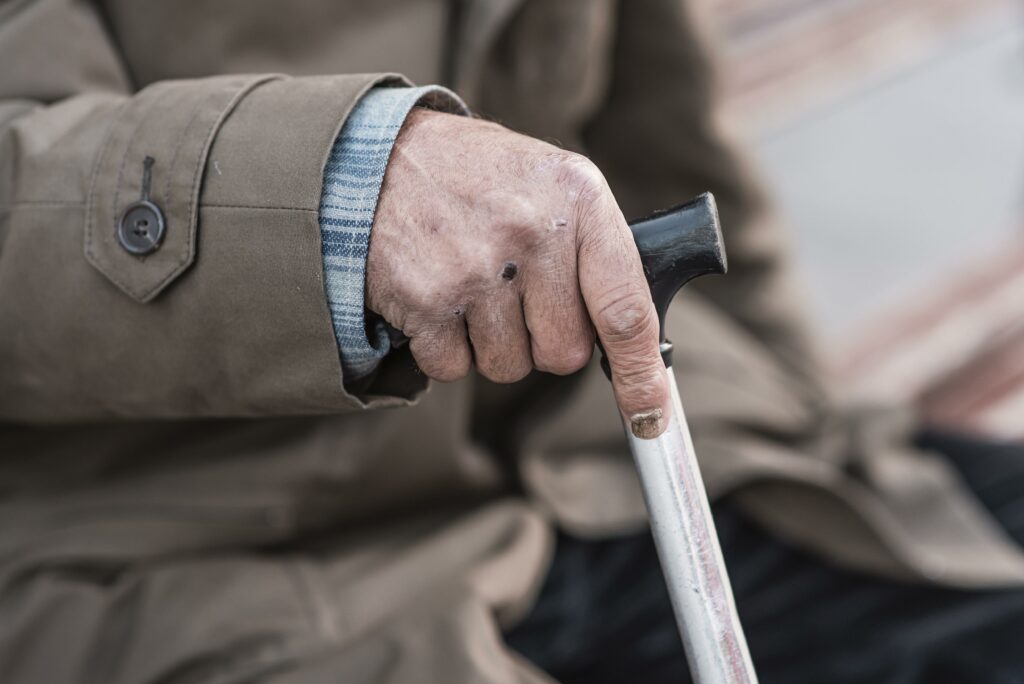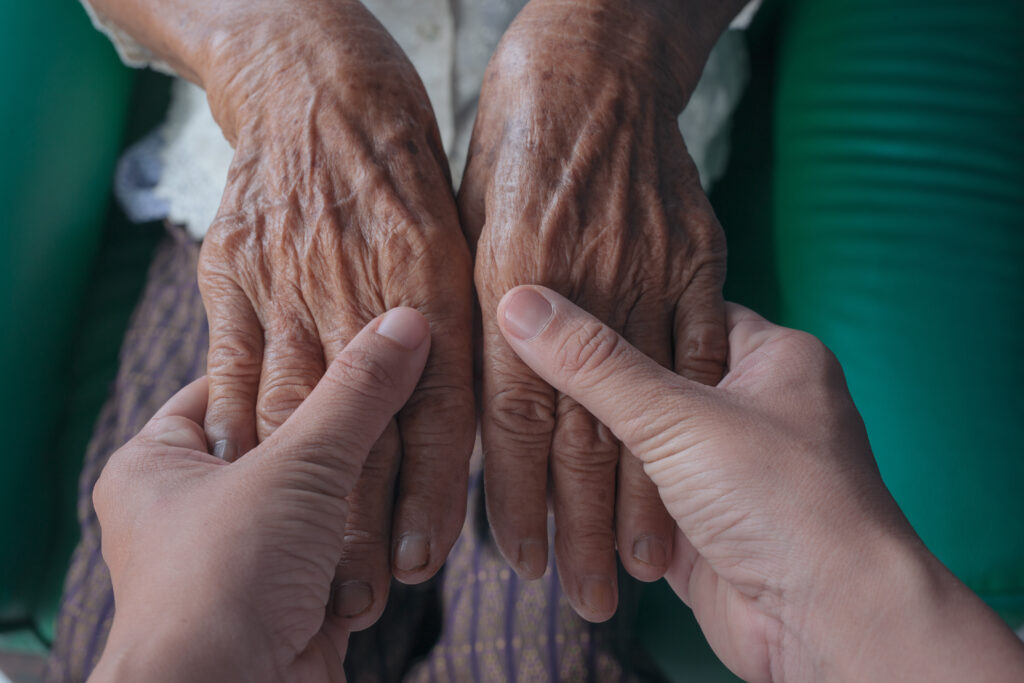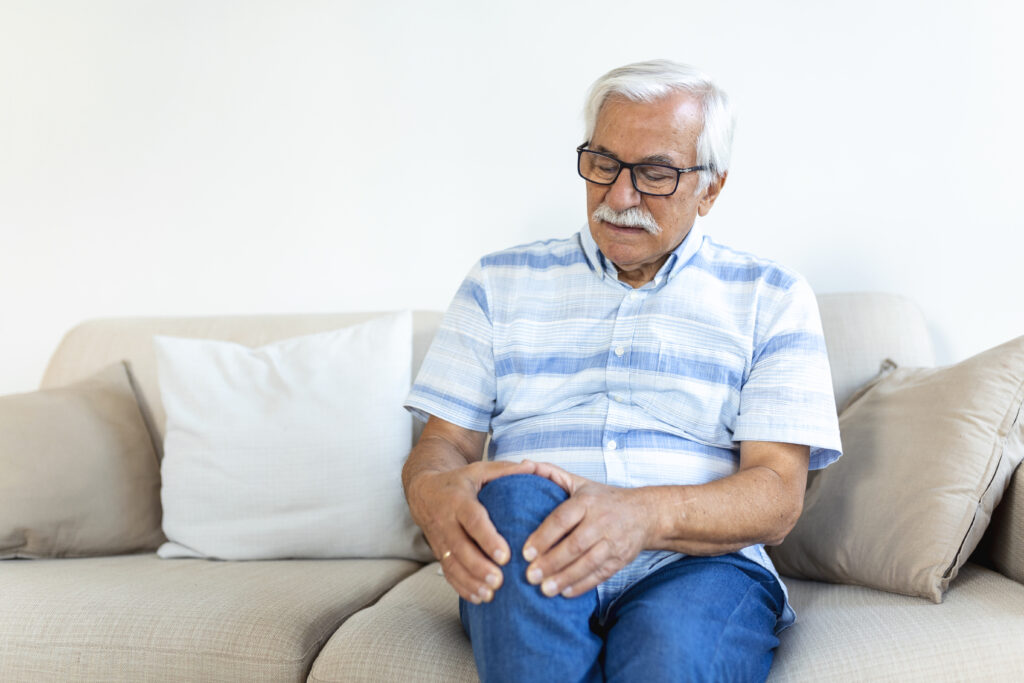It can be difficult for loved ones, caregivers, or even an elderly patient’s doctor to notice someone is in pain if they don’t or can’t speak up. Although chronic pain is incredibly common among older adults, effective treatment can manage it, whether the cause is from gradual wear and tear on the body or another underlying health condition. Some adults have “idiopathic” pain, meaning there is no identifiable pain. Left untreated, chronic pain can impact many other aspects of an elderly adult’s life, from reducing mobility to causing depression and anxiety.
Keep a Watchful Eye to Recognize Signs of Chronic Pain in Your Loved One
Making matters more complicated is the fact that many older adults are slow to report pain or even to admit they need help managing it. They may think telling their adult children would only burden them, or they may even feel as though they will be dismissed and not taken seriously. After all, pain is usually invisible. There are also many adults who mask or do not report their chronic pain because they believe it’s a natural part of the aging process that cannot be helped. It can be managed successfully – older adults need not suffer in silence. Even if an adult has a form of dementia and has no way of communicating their pain, a watchful eye can spot potential warning signs.
Per an Canadian Geriatric Society report, caregivers should be alert for the following “yellow flags” that indicate they should take action:
- Vocalizing, such as groaning or moaning, when moving
- Clenched fists and pained facial expression
- Fatigue, lethargy, and immobility
- Loss of appetite
- Mood swings
- Difficulty holding objects or dropping objects frequently
It’s important to treat pain in a timely fashion because it usually only becomes worse over time. By recognizing the signs of chronic pain, you can help your loved one get the treatment and attention they need not only to alleviate pain but to maintain their independence as much as possible.
How Is Chronic Pain Treated in the Elderly?
There are particular challenges in treating chronic pain in the elderly, including the fact that many take multiple medications for various co-occurring medical conditions. There are pharmacologic and nonpharmacologic treatment options to treat chronic pain in older adults, and a combination approach from a group of multidisciplinary clinicians often is best for optimal relief. Older adults may need to see clinicians including a geriatrician, pharmacist, psychotherapist, and physical and/or occupational therapist. Loved ones and caregivers can do their part, too, by making sure to step in to make sure seniors keep current with doctor and therapy appointments.
Some of the treatment options for chronic pain in an elderly individual include:
- Physical therapy can decrease pain while improving mobility through customized exercises. There are multiple effective therapies, including massage, warm paraffin baths, and passive and active body stretches.
- Occupational therapy, a form of rehabilitation, helps patients with activities of daily living and helps them learn how to compensate for physical disabilities or impairments.
- Cognitive-behavioral therapy, as loneliness and depression can increase the perception of pain.
- Nonopioid pharmacologic therapy that does not involve the use of dangerous and potentially habit-forming drugs.
- Anticonvulsant medication can treat specific neuropathic pain disorders. These medications are used off-label, as they are intended to treat seizures and epilepsy.
- Antidepressant medication: Psychotropic drugs can ease depression, as chronic sadness tends to amplify the perception of pain.
Contact Longevity Care for Help with Pain Management in Your Senior Loved One
An in-home caregiver can be the perfect addition to your loved one’s life if they are coping with chronic pain. They will be their ally and help them with personalized care while helping alleviate stress and loneliness. Rather than risking letting your loved one get lost in a crowd at a nursing home where staff members attend to dozens of patients at a time, consider in-home caregiving as a more appealing option both for you and them. Or, receive the extra support and care in a care facility by hiring Longevity Care staff to visit your loved one.
Skilled in-home caregivers are trained to notice signs of chronic pain in their clients. Our compassionate team are attuned to their cues and can help your loved one cope with their chronic pain. For inquiries about services, please contact Longevity Care 403.800.0858 today.







